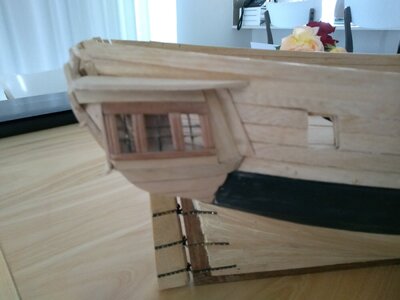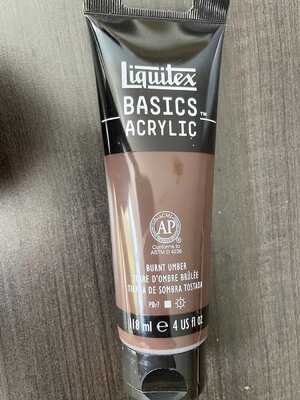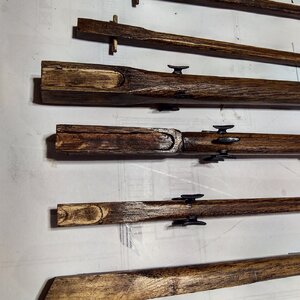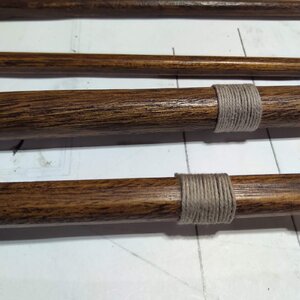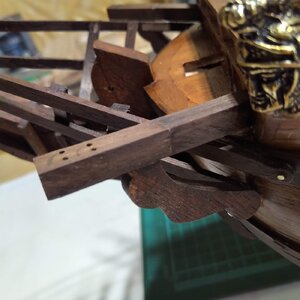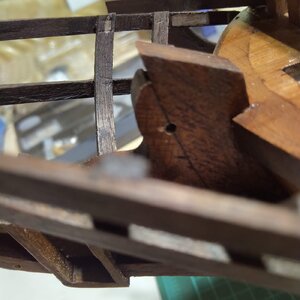Hi all,
I'm a first time modeler but a decent handyman with a passion for wood works. I received the Berlin Kit as a gift in January of 2021. After many long hours of researching articles and reading posts I started the build in February 2021. Below I`ve included some pictures taken during the progress and I'm almost ready for rigging. The plans from Corel are very poor in information, inaccurate if relied upon entirely and the guide isn't of much help either but again I`m a first timer. Many mistakes but I think overall I`ve done a reasonable work.
After 3 weeks of chasing lines on the plans to make sense of how rigging works so I can put a sequence for installation, I failed to understand and don`t know where to start.
Any help is greatly appreciated
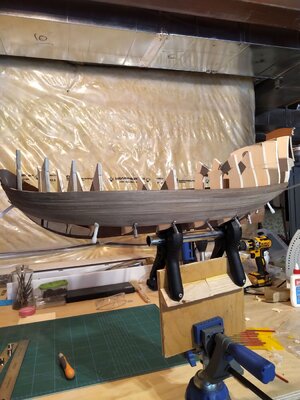
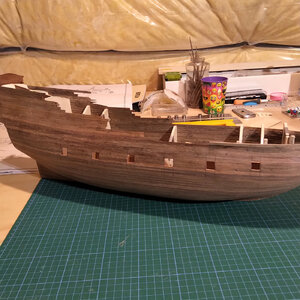
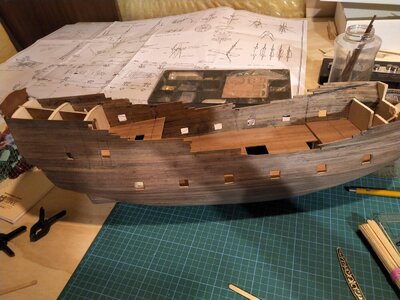
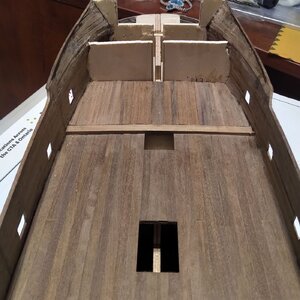
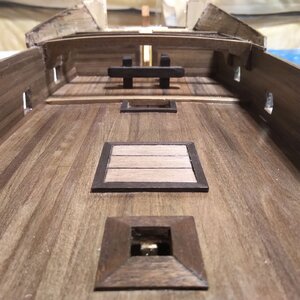
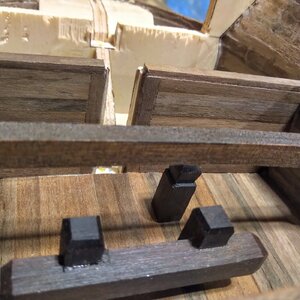
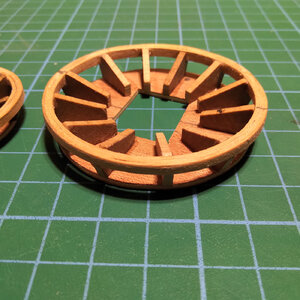
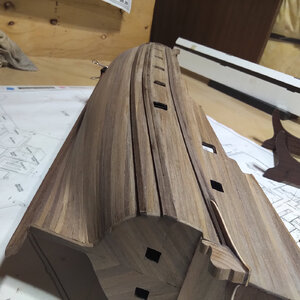
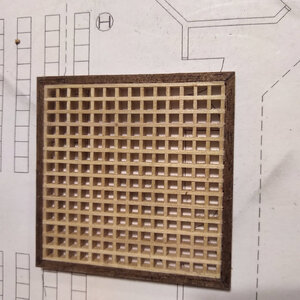
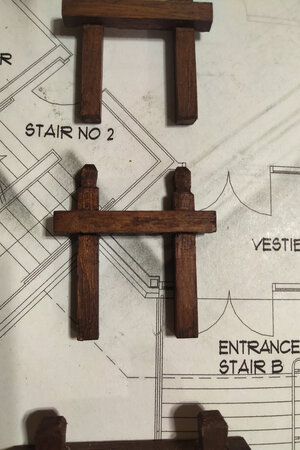
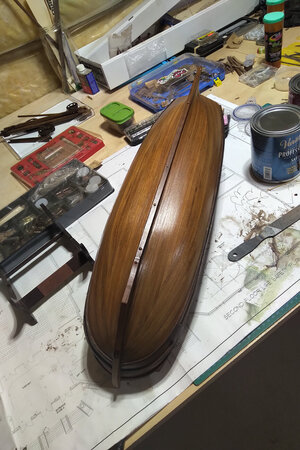
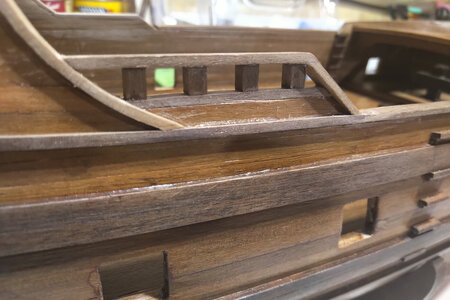
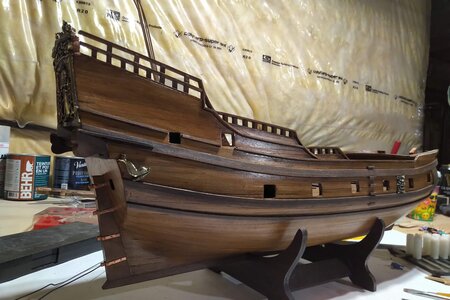
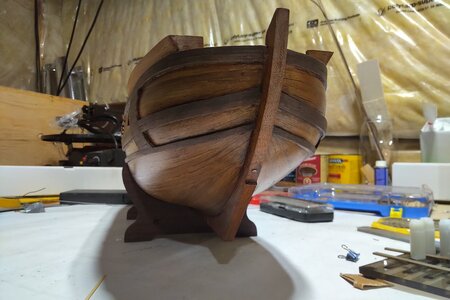
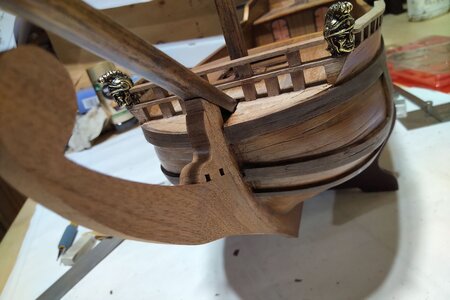
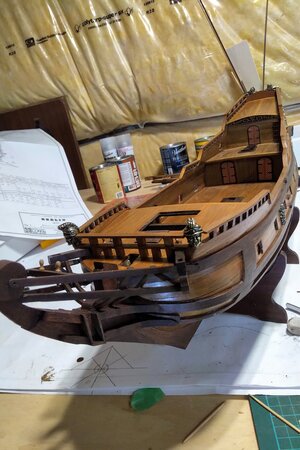
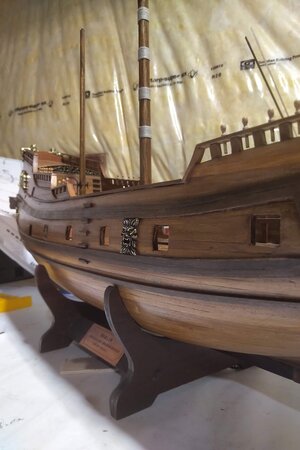
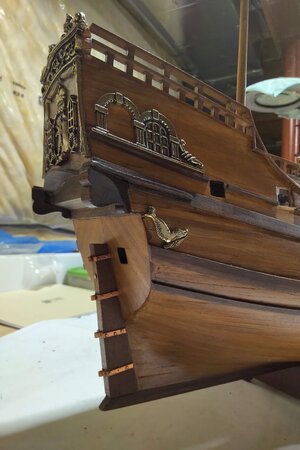
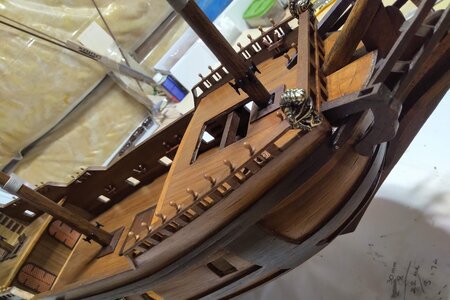
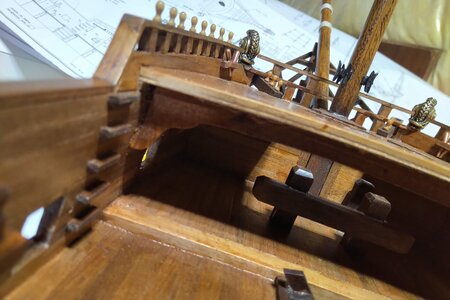
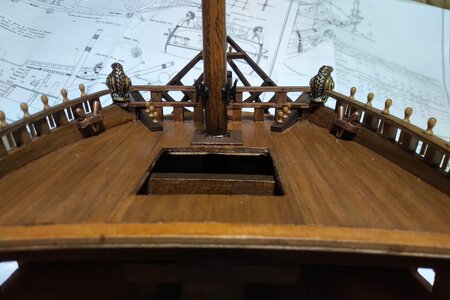
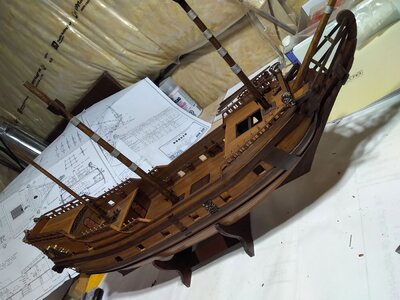
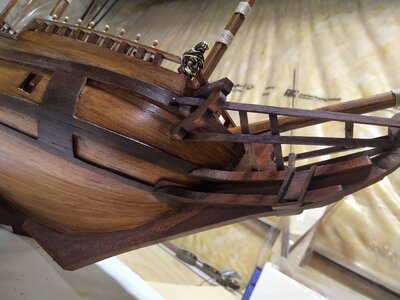
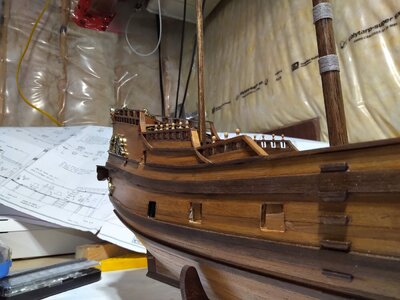
I'm a first time modeler but a decent handyman with a passion for wood works. I received the Berlin Kit as a gift in January of 2021. After many long hours of researching articles and reading posts I started the build in February 2021. Below I`ve included some pictures taken during the progress and I'm almost ready for rigging. The plans from Corel are very poor in information, inaccurate if relied upon entirely and the guide isn't of much help either but again I`m a first timer. Many mistakes but I think overall I`ve done a reasonable work.
After 3 weeks of chasing lines on the plans to make sense of how rigging works so I can put a sequence for installation, I failed to understand and don`t know where to start.
Any help is greatly appreciated



























